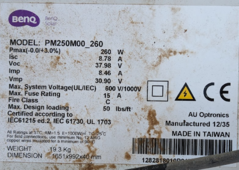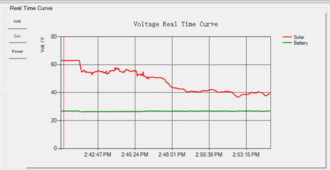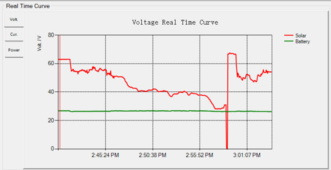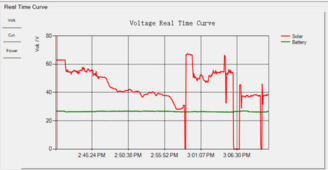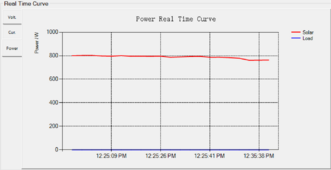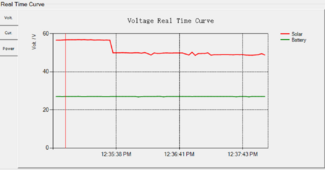Any name you wish
New Member
I have a small 4 panel string that Voc is 66V. When a load happens (charging batteries, discharging to car) the panels voltage on the SCC drops to 37V. The other SCC with similar panels only drops down to 55V which is closer to what it is supposed to be. I thought it was connections and changed them out and it still doesn't seem to change things. Once the batteries are full, it idles at 66V with no issues. Wiring is great. No voltage drops back to the breakers and inputs to the SCC. Suggestions?



